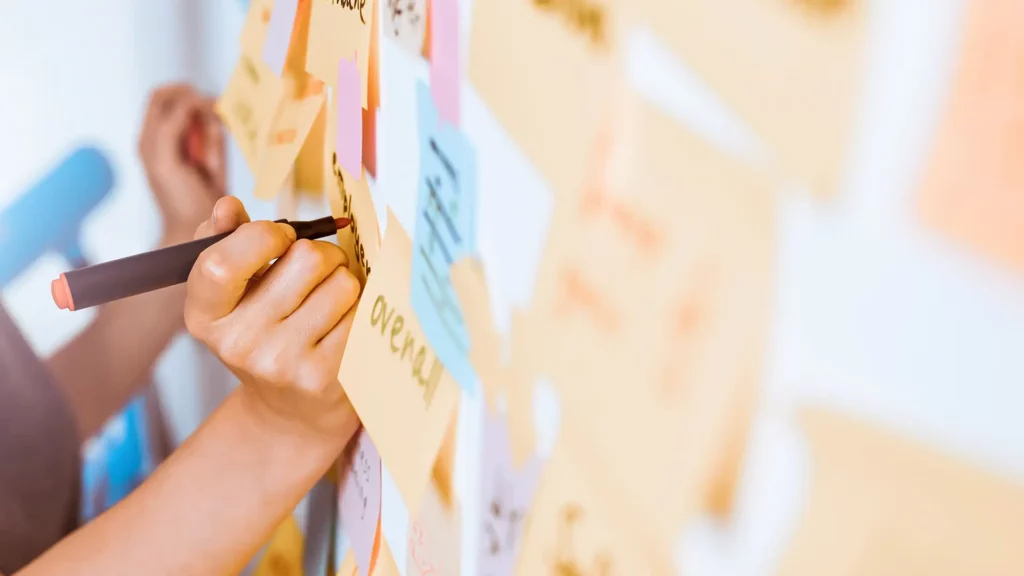
The Value of “Bad” Ideas in a Brainstorm

By Caroline Watkins, Digital Content Writer
Every creative has been there: tapped out, burned out or just plain out of ideas. Getting back into a creative groove can be difficult, especially when too much emphasis is placed on good, fully formed ideas that could be executed. Seeking perfection in a brainstorm can actually just reinforce that stunted, worn-out feeling.
So, how do we break out of a creative slump and cycle of brainstorm burnout? Try throwing out some bad ideas! That’s right, bring all your worst ideas to the table—the half-baked, the potentially implausible, the downright silly—we want them all! And we aren’t the only ones: even creative teams at Google X employ this practice to shake things up and eliminate the fear of producing something “bad.”
Ready to get started? Here are some helpful tips for breaking out of your brainstorm comfort zone:
1. Provide Small Prompts To Jumpstart Thinking

Sometimes, blank space and unlimited opportunity can actually be intimidating, especially for those unfamiliar with a “bad idea brainstorm.” Providing small, thought-provoking prompts can help participants ease into the session with direction for their ideas. Try suggesting a brainstorm that focuses solely on eye-catching CTAs, different from the traditional “Learn More.” Or limit the topic to email subject lines with a specific character count. By providing some parameters, you’re actually creating more space for a free flow of ideas.
By providing some parameters, you’re actually creating more space for a free flow of ideas.
2. Emphasize Quantity Over Quality
In a bad idea brainstorm, any idea can trigger the next, potentially more actionable idea, and inspiration can come from exposure to others’ thoughts. That’s why it’s important to focus less on high-quality suggestions and instead encourage as many schemes and dreams as possible. Moreover, when quantity is emphasized, members of your team are more likely to say their “bad” ideas out loud rather than resist sharing. Ultimately, you’re more likely to uncover a workable idea—or build on another—when there are more ideas to sift through and consider as a team.
3. Keep Criticism to a Minimum
Again, the purpose of a bad idea brainstorm is to loosen any restraints on creativity. A necessary part of this is minimizing the amount of criticism provided during the brainstorming session. Negativity has no place in a meeting meant to inspire, so it’s important to focus on feedback that builds on an idea rather than stunts it. Participants are likely not used to delivering imperfect ideas, so make it easier on them by encouraging them to go further with their off-the-wall plans, rather than potentially stopping any thinking.
4. Collaborate and Relocate

Brainstorming is most effective when it happens in a safe, collaborative environment. Consider teaming up with a coworker to toss around some unusual ideas, or gather a small group of team members that may not typically work together for a brainstorm. Putting your head together with someone else can help stimulate the conversation and creative thinking that may be difficult to do in isolation. Shake things up even more by changing your brainstorm location; hold a session outside, at a local coffee shop or even a meeting room you don’t typically use. New surroundings can prompt new thoughts—plus, this can provide a nice opportunity for coworkers to have some fun together in a productive way!
The next time you and your team are feeling creatively stuck, try being a little bit… bad. You never know how your worst idea may evolve!
Keep Reading
Discover What Drives Results

